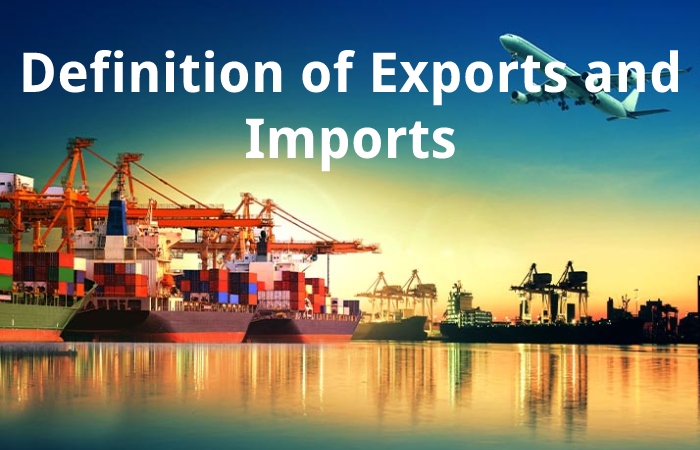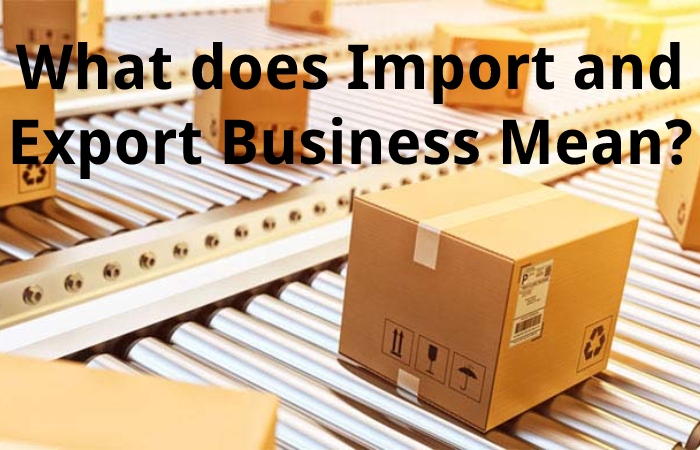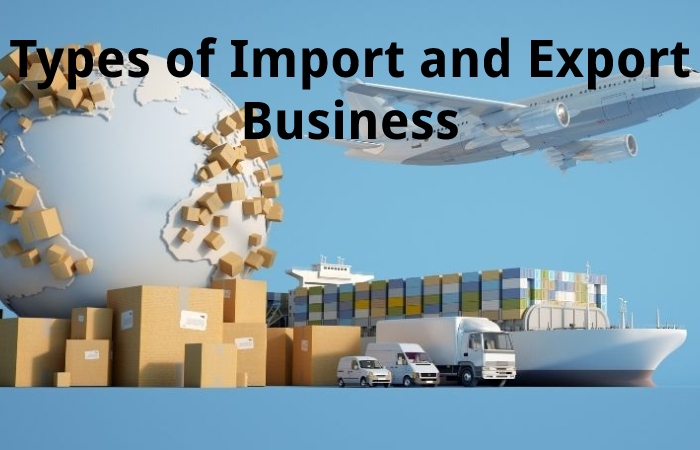Table of Contents
What is Import Export Business?
The Import export business is the action of procurement of crops or services produced through additional countries. Export is the term used when crops or services are sold abroad. The request for products by clients provides new business opportunities for businesses and entrepreneurs. The importation is generally done due to the lack of foodstuffs in the domestic marketplace. What is sought is to source and strengthen the market. Although in several cases, it is imported out of necessity since the products cannot be produced in other areas (either because of the climate, the land, the economy, etc.).
Definition of Exports and Imports

Once the framework in which these buying and selling actions carry out has being explained, we are going to know the definition of exports and imports:
Exports: traffic of properties or services from one republic to another to consume there.
Imports: traffic of goods or services learned by a country in another territory for use nationwide. Substances allow economic agents to acquire products not produced in their country or an advantage for business people and customers (cheaper, higher quality…).
What is Import?
Importation is the entry of goods or services into a national territory from other countries. The main reason for importing products is to meet the demand for goods that cannot produces in the domestic market. This can happen in the case of technology, when resources are obsolete or expensive, or when a specific product or service cannot produce internally due to a lack of skills or resources.
Import Example
In Mexico, according to the Ministry of Cheap of that country, the most imported products are:
- electrical machinery,
- petroleum oils,
- plastics,
- Auto toto Parts,
- iron,
- steel.
In Mexico, these types of goods and raw materials require, but the country does not produce them, or its production is too low to satisfy internal demand, so the solution is to buy from other countries.
What is Export?
Spreading occurs when domestic companies sell their products or services abroad. There are several particulars why business decide to export their products. First, they may face poverty to enter new markets and thus enlarge and internationalize. Some companies also choose to ship to meet a demand that exists abroad but does not exist internally. Finally, exporting is also a way to reduce the extra domestic supply and make production more efficient.
The level of exportation is also strictly related to the exchange rate of the local currency if the exchange rate is weak, which means that a strong currency country can buy more of its cash and its goods, and the level of exports increases.
export example
According to the Ministry of agriculture, cattle, rural development, fishing, and food of Mexico (Sagrada), this country stands out for the export of items such as:
- avocados,
- beer,
- tomatoes,
- tequila,
- beef
What does Import and Export Business Mean?

What is the meaning of import and export business? The Export/Import commercial primarily expands business frontiers where various business models exist. As in conventional business, a person with the required Export/Import license can sell their manufactured products to customers abroad, act as an intermediary between the local production and the foreign buyer or vice versa, and directly buy products produced abroad and sell them. Them in the native market. The export and import business becomes unique with the participation of various stakeholders and risks, which are reflect in the national trade.
Example of Import and Export Business
Vegetable Joe is a Japanese potato chip company that imports potatoes from the United States and turns them into new, hand-cut potatoes. It has done well in the domestic market. Now they want to expand their business and look for potential buyers abroad. After initial discussions, sample tests, and price negotiations, Potato Joe has finalized a foreign buyer for their product.
With the purchase order from the buyer, Potato Joe produces the batch, and it is ready to ship. Now originates the difference with the business abroad. While what would have been just a logistics issue with the domestic trade, now with a foreign buyer, Potato Joe has some additional issues to address. Customs regulations, product longevity (expiration), mode of transportation, insurance in transit, and counterparty default risk are some of the checkpoints Potato Joe must be adept with.
Trade Balance and GDP
Imports and exports reproduce in the trade balance, which measures the difference between both variants. It establish with the difference between the goods a country sells abroad (exports) and the goods it buys from other countries (imports). When the worth of exports is less than that of substances, we speak of a deficit in the trade balance.
The trade balance is directly related to the Gross Domestic Product of a country, which is equal to private consumption plus investment plus public spending plus exports minus imports.
In this formula, which calculates the product of an economy, exports and imports appear, reflecting a country’s economic health.
What is the Importation of Products?
The importation of products is when a country buys merchandise from another country to use in the national territory. In this sense, the country that accepts is known as the importer, and the country that sells is known as the exporter.
The importation of products is crucial because it allows the market to supply with products not shape to a small extent within the nation. For example, if a country does not have vehicle assemblers within its territory, it must buy and import ( import ) vehicles from other parts of the world so its citizens can acquire and use them.
Types of Import and Export Business

There are different types of import of products, which vary according to the use or the purpose that the merchandise fulfills in the importing country. That is, according to the company’s strategy regarding the materials it acquires.
That said, the main types of product imports are:
Introduction of products for ingesting: A definitive importation occurs when a country acquires. The merchandise and pays the respective customs duties. To commercialize or consume it within the same nation.
Temporary import of products: temporary importation occurs when a country receives merchandise temporarily with customs authorization. This is to process the raw material, or the product obtained and export it again.
Reimportation: Reimportation is a process by which a country receives products that the same nation had previously exported. This usually happens when the maintenance, repair, or optimization of a product or machinery require in the same territory where they manufacture, which makes the logistics distribution chain, in a certain sense, cyclical.
Conclusion
The difference between import and export is the type and destination of the transaction. While importing is about buying goods, exporting is about selling them. On the other hand, while imports try to cover the internal demand of a country. It with specific product categories, exports cover the markets of a foreign country.
Also Read: What are Goal Success Quotes? – Motivational, Best, Great, and More
